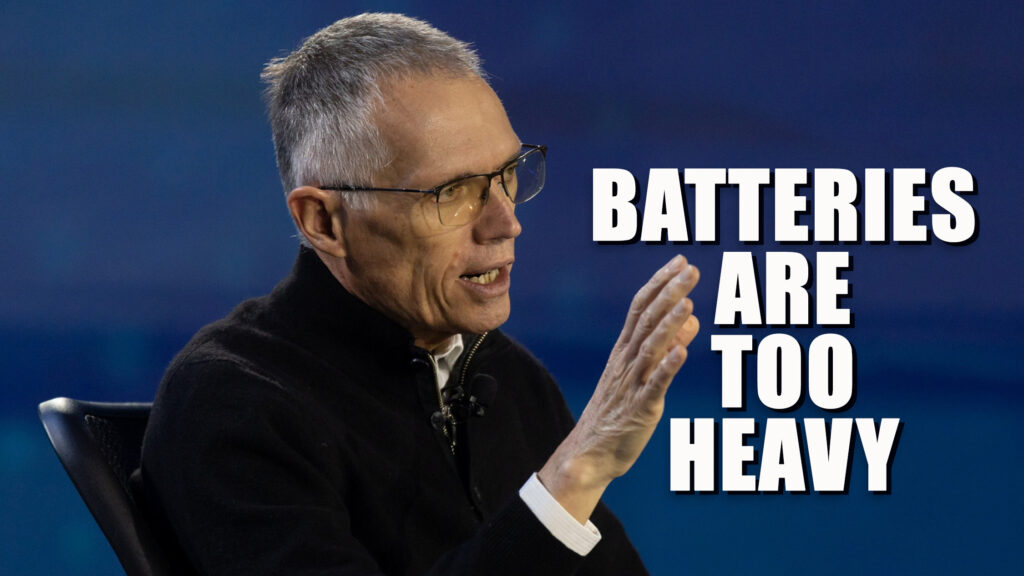- The group’s CEO Carlos Tavares thinks the brand will be able to cut battery weight in half over the next decade.
- Current EVs have roughly 1,000 lbs of extra raw materials than ICE vehicles.
- Stellantis aims to be selling 5 million BEVs annually by 2030.
The boss of Stellantis says that the weights of the battery packs used by electric vehicles need to be significantly reduced to make them more environmentally friendly and solve lithium scarcity problems.
While recently speaking at the Stellantis’ Freedom of Mobility Forum, the automotive group’s chief executive Carlos Tavares noted that current EVs with a range of approximately 250 miles (400 km) require roughly an extra 500 kg (1,000 lbs) of additional raw materials over conventional internal combustion-powered vehicles. However, Tavares expressed hope that breakthroughs will slash the weight of EV battery packs.
Read: Stellantis Lays Off 400 U.S. White-Collar Workers Amidst “Competitive Pressures”
“From an environmental standpoint … I don’t think it makes sense [to have such heavy battery packs],” Tavares said, reports Reuters. “ I think over the next decade we’ll be able to reduce the battery pack weight by 50%, hence reducing by 50% the use of additional raw materials against a conventional vehicle.”
While Tavares didn’t say exactly how Stellantis plans to reduce the weight of its battery packs, the conglomerate is embarking on a significant move to electrification. The firm hopes that 100% of its sales in Europe by the end of the decade will be for all-electric vehicles while it believes BEVs will account for 50% of its sales in the United States. It is also aiming to sell 5 million BEVs annually by 2030 and will introduce more than 75 BEVs by the end of the decade.
Underpinning the brand’s BEVs will be four vehicle platforms, dubbed the STLA Small, Medium, Large, and Frame, the latter of which adopts a body-on-frame design. Stellantis is also working on three distinct electric drive modules, two battery cell chemistries, front- rear-, and all-wheel drive configurations, and will deliver EVs with ranges varying between 500-800 km (300-500 miles).




